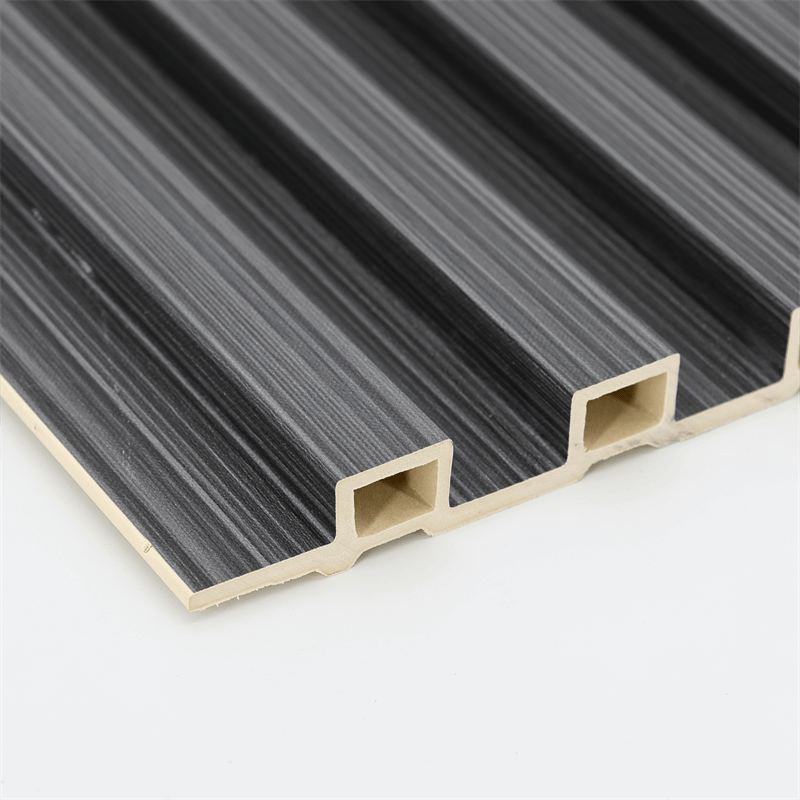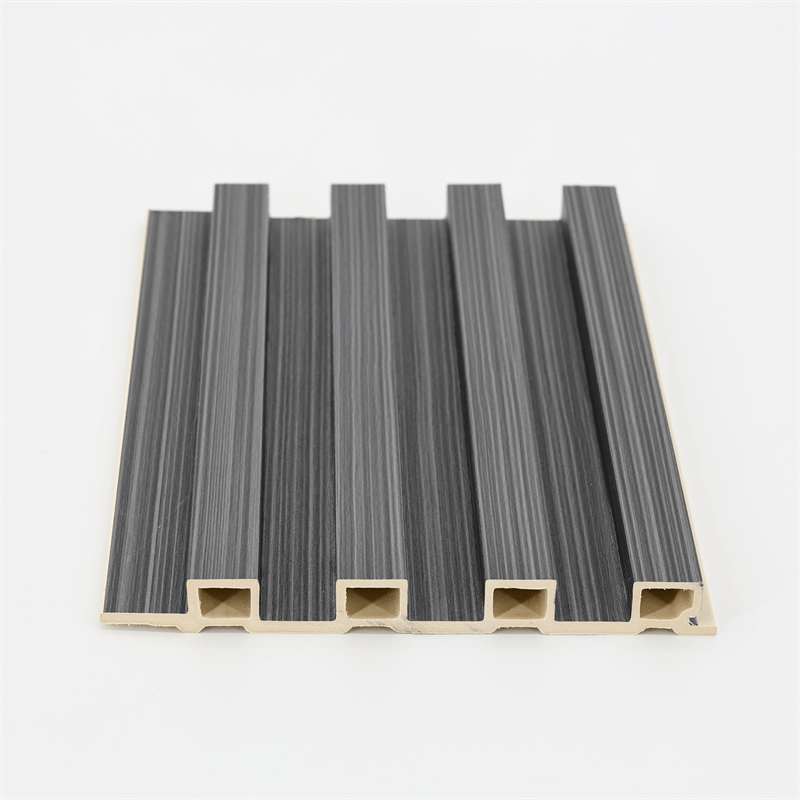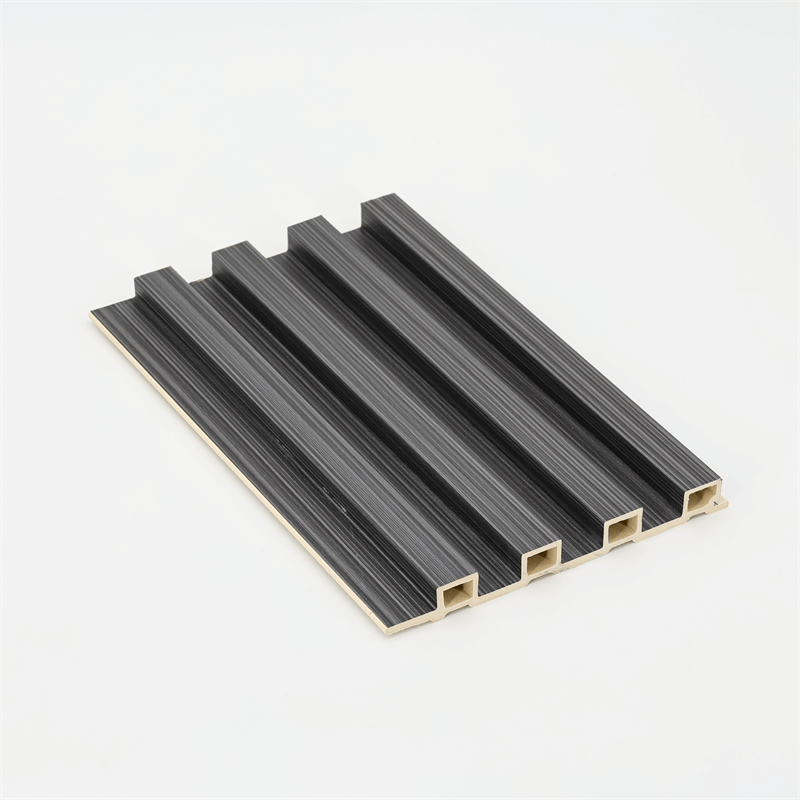In recent years, the demand for sustainable and eco-friendly materials in interior design has gained significant momentum.
Architects, designers, and homeowners are increasingly turning to innovative solutions that not only enhance the aesthetics of a space but also minimize the environmental impact.
One such solution that has gained popularity is the use of Wood-Plastic Composite (WPC) wall panels. These panels offer numerous advantages, making them a sustainable choice for interior design.
This essay explores the various advantages of WPC wall panels, their contribution to sustainable design, their durability, and their impact on indoor air quality.
II. Sustainability and Environmental Benefits
WPC wall panels are known for their sustainable nature, making them an excellent choice for environmentally conscious interior design.
The primary component of these panels is a blend of wood fiber and recycled plastic, which reduces the demand for virgin wood and plastic materials.
By utilizing recycled materials, WPC wall panels help divert waste from landfills and reduce the consumption of natural resources.
Furthermore, the production process of WPC panels requires less energy compared to traditional materials, resulting in a lower carbon footprint.
Another environmental advantage of WPC wall panels lies in their durability and longevity.
These panels have a longer lifespan than traditional materials, reducing the need for frequent replacements.
As a result, fewer resources are used in manufacturing new materials, and less waste is generated over time.
Additionally, the recyclability of WPC panels allows for further reduction of environmental impact at the end of their useful life.
III. Durability and Longevity
One of the key advantages of WPC wall panels is their exceptional durability. Unlike traditional wall materials such as drywall or wood, WPC panels are highly resistant to moisture, rot, and insect damage.
This makes them an ideal choice for areas prone to humidity, such as bathrooms and kitchens.
Moreover, the inherent strength of WPC panels ensures that they can withstand daily wear and tear, including impacts, scratches, and fading.
The robustness of these panels not only enhances their longevity but also reduces the need for frequent maintenance and replacements.
IV. Indoor Air Quality and Health Benefits
Indoor air quality is a crucial consideration in interior design, as poor air quality can have detrimental effects on occupants’ health and well-being.
WPC wall panels contribute positively to indoor air quality by emitting fewer volatile organic compounds (VOCs) compared to traditional materials.
VOCs are chemicals commonly found in paints, adhesives, and some wall materials, which can cause respiratory issues and other health problems.
The low VOC emissions of WPC panels help create a healthier indoor environment, particularly in enclosed spaces with limited ventilation.
Furthermore, WPC panels are resistant to mold and mildew growth, thanks to their moisture-resistant properties.
Mold and mildew can proliferate in damp environments, leading to respiratory problems and allergies.
By using WPC wall panels, the risk of mold and mildew growth is significantly reduced, promoting a healthier living or working space.
In conclusion, WPC wall panels offer numerous advantages that make them a sustainable choice for interior design.
Their use contributes to environmental sustainability by utilizing recycled materials, reducing waste, and minimizing the consumption of natural resources.
The durability and longevity of WPC panels result in a lower need for replacements, further reducing the environmental impact.

Additionally, these panels positively impact indoor air quality by emitting fewer VOCs and preventing mold and mildew growth.
As the demand for sustainable interior design solutions continues to grow, WPC wall panels provide a viable option that combines aesthetics, functionality, and environmental consciousness.
Their versatility, durability, and health benefits make them an attractive choice for homeowners, architects, and designers alike.
By incorporating WPC wall panels into interior design projects, we can create spaces that not only reflect our design sensibilities but also prioritize the well-being of occupants and the planet we inhabit.
The advantages of WPC wall panels, as discussed in this essay, highlight their significant contribution to sustainable interior design.
Their use not only helps conserve natural resources and reduce waste but also promotes healthier indoor spaces.
With their durability and resistance to moisture, rot, and insects, WPC panels offer a long-lasting solution that minimizes the need for frequent replacements and maintenance.
Furthermore, the low VOC emissions and mold resistance of WPC wall panels create a healthier indoor environment, improving the overall well-being of occupants.
By choosing WPC panels, architects, designers, and homeowners can align their design choices with environmental stewardship and promote sustainable living practices.
It is essential to recognize the transformative potential of WPC wall panels in the realm of interior design.
These panels not only offer functional and aesthetic benefits but also contribute to a more sustainable future.
Incorporating WPC panels into interior design projects allows us to make conscious choices that prioritize both the present and future well-being of our planet and its inhabitants.
As the demand for sustainable interior design continues to grow, it is crucial for professionals in the field to embrace innovative solutions like WPC wall panels.
By doing so, we can create spaces that harmonize with the environment, enhance occupant comfort and health, and set a precedent for responsible design practices.
In conclusion, WPC wall panels offer a sustainable choice for interior design by embodying the principles of environmental responsibility, durability, and improved indoor air quality.
Their incorporation into design projects aligns with the broader goals of sustainable living and contributes to a more eco-friendly future.
By embracing WPC panels, we can create interior spaces that are not only aesthetically pleasing but also environmentally conscious and socially responsible.


